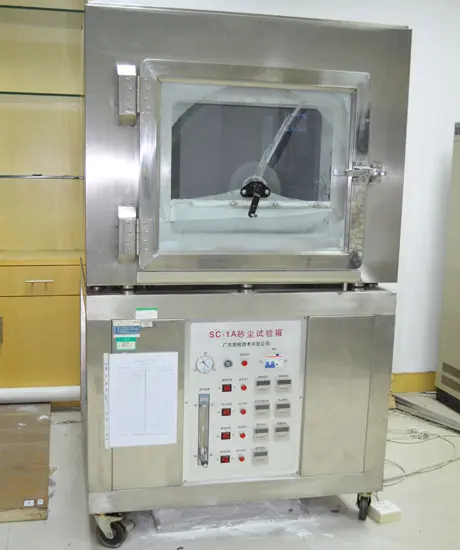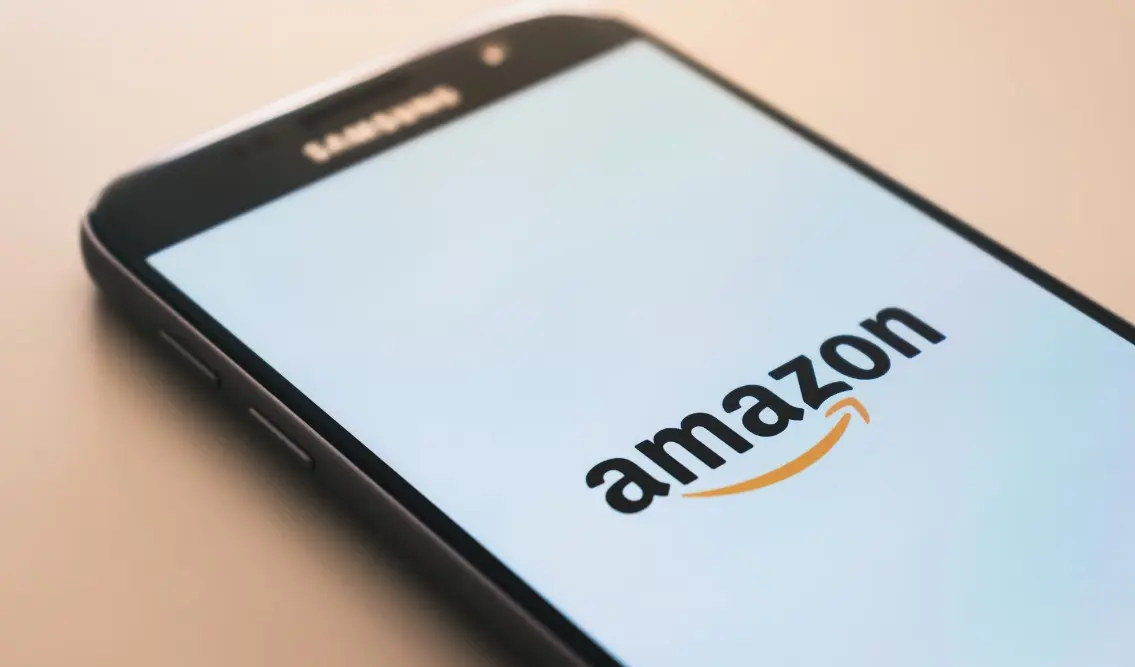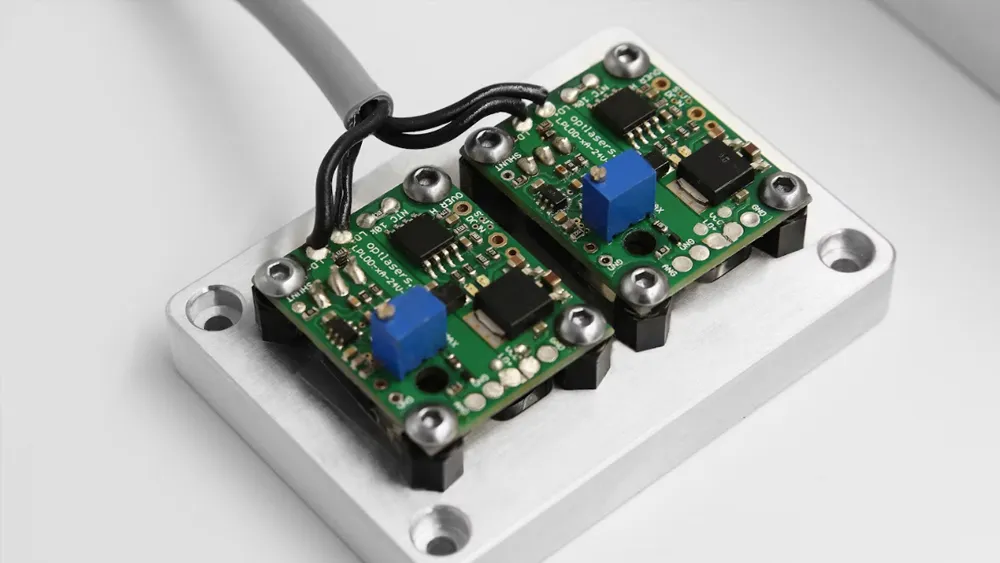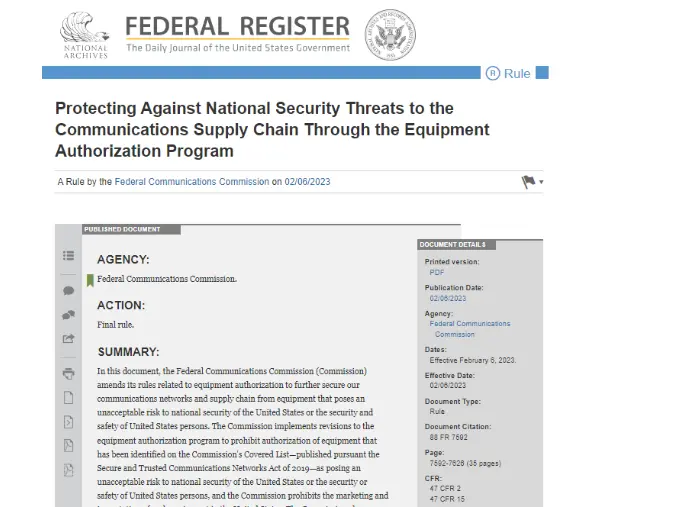
Amazon Power Bank IEC 62368 Test Report
Current Status of Power Bank Development
The development of power banks shows characteristics of increased battery capacity, REDuced size, and improved safety. Initially, power banks were bULky with limited capacity. However, advancements in battery technology, especially lithium-ion batteries, have made them smaller and higher in capacity. Additionally, the integration of smart power management systems and the application of technologies such as Gallium Nitride (GaN) chargers and USB-C have improved efficiency and compatibility.

Faster Charging Speed
The adoption of technologies such as GaN chargers and Power Delivery (PD) has significantly increased charging speeds for both power banks and connected devices.
Enhanced Compatibility
Universal USB-C interfaces and compatibility with proprietary smartphone charging protocols such as Qualcomm Quick Charge have expanded the range of devices that power banks can charge.
iec 62368 Requirement for International Sales of Power Banks
To sell power banks globally, IEC 62368-1 standard testing reports or cb certification is required. Today, we introduce the testing items, costs, and process for obtaining the IEC 62368-1 standard testing report.
Introduction to IEC 62368
IEC stands for the International Electrotechnical Commission, an organization that develops globally recognized standards for electrical, electronic, and related technologies, collectively referred to as "electrotechnology."
Overview of IEC 62368 Standard
The IEC 62368 standard applies to electrical and electronic information equipment in the fields of audio, video, information, communication technology, business, and office machines with rated voltages not exceeding 600V. It is a new product safety concept based on hazard-based safety engineering principles, designed to protect users and their environments from harm such as electric shock, fire, electromagnetic fields, and other hazardous energy. IEC 62368 encompasses the previous IEC 60065 and IEC 60950 standards and will gradually replace them.
Process for Obtaining an IEC 62368 Report
Process:
1. Fill out the quality inspection report application form.
2. Ship samples to the laboratory.
3. Test samples; if not compliant, notify the company to modify the samples.
4. Upon passing, JJR Laboratory issues the test report.
Required Documents:
1. Product specifications and user manual.
2. Design drawings and circuit diagrams.
3. Battery parameters and iec 62133 compliance.
4. Information about charging and discharging protection circuits.
Timeline:5–7 working days.
Note: Testing costs may vary between products and need to be verified by a consultant.
IEC 62368 Test Items
Electrical Safety:
- High Voltage Test:Assess insulation strength and the ability to withstand high voltage.
- Insulation Resistance Test:Measure the resistance of insulating materials.
- Leakage Current Test:Evaluate current flow between conductive parts and ground to identify potential electric shock hazards.
- Dielectric Strength Test:Verify compliance with required spacing and creepage distances.
- Ground Continuity Test:Ensure the effectiveness of the grounding system.
- Overcurrent Protection:Test the effectiveness of fuses, circuit breakers, etc., in preventing overcurrent.
Mechanical Safety:
- Strength and Durability Test:Ensure the enclosure and components can withstand mechanical stress, including sustained force, impact, drop, and glass breakage tests.
Thermal Safety:
- Heat Resistance Test:Assess the component's ability to handle heat generated during operation.
- Temperature Rise Test:Evaluate temperature increases under various operating conditions.
CheMICal Safety:
- Hazardous Substance Test:Ensure compliance with regulations regarding harmful substances in devices.
Radiation Safety:
- RF and Other Radiation Tests:Ensure the device complies with radiation exposure limits.
Other Tests:
- Wireless Power Transmission Safety:Assess potential burn risks related to wireless power transmission.
- Liquid and Liquid-Filled Component Tests:Address safety issues related to liquids and pressurized components.
- Coin/Button Cell Battery Tests:Ensure compliance with safety requirements for such batteries.
Email:hello@jjrlab.com
Write your message here and send it to us
 What are ASTM F963 and CPSIA?
What are ASTM F963 and CPSIA?
 Comparison of ASTM F963 and EN 71
Comparison of ASTM F963 and EN 71
 How to get CSA C22.2 NO.256:14 Test Report?
How to get CSA C22.2 NO.256:14 Test Report?
 How much is the ISTA Amazon Packaging & Shippi
How much is the ISTA Amazon Packaging & Shippi
 Amazon Product Laboratory Testing Requirements
Amazon Product Laboratory Testing Requirements
 How to Get EPA Certificatio
How to Get EPA Certificatio
 What is EPA Certification in the United States?
What is EPA Certification in the United States?
 What is an FCC Registered Agent?
What is an FCC Registered Agent?
Leave us a message
24-hour online customer service at any time to respond, so that you worry!




